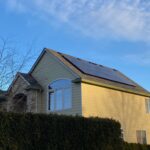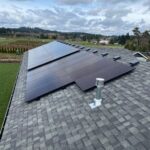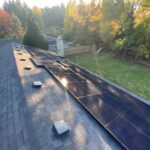Solar Panel Performance in Winter:
Illuminating the Potential in Oregon’s Chilly Season
Solar energy has emerged as a leading renewable energy source, harnessing the power of the sun to create sustainable electricity. While many may assume that solar panels are only effective during warm, sunny months, this blog will explore the performance of solar panels during the winter season in the state of Oregon. Known for its lush landscapes and temperate climate, Oregon provides a unique setting to analyze solar panel efficiency in the colder months. In this comprehensive analysis, we will examine the impact of winter conditions on solar panel performance, strategies to maximize efficiency, and the overall potential for solar energy in Oregon.
Winter Weather and Solar Panel Performance
The Pacific Northwest, including Oregon, experiences distinct seasonal changes, with winters characterized by colder temperatures, increased cloud cover, and shorter daylight hours. These factors can have implications for solar panel efficiency.
Reduced Sunlight Exposure
During the winter, the sun’s angle decreases, resulting in fewer daylight hours and a lower sun peak height. As a result, solar panels receive less direct sunlight, impacting their ability to generate electricity. However, even in overcast conditions, solar panels still produce power from diffused light.
Impact of Temperature on Efficiency
Interestingly, solar panel efficiency can slightly improve in colder temperatures. Photovoltaic cells generally operate more efficiently in cooler weather, as excessive heat can cause a reduction in energy conversion. However, extremely cold conditions may lead to temporary drops in efficiency due to frost or snow covering the panels.
Understanding Solar Panel Efficiency Ratings
Before delving into how winter affects solar panel performance, it is essential to grasp the concept of efficiency ratings and what they represent.
Standard Test Conditions (STC)
Solar panel manufacturers provide efficiency ratings under standard test conditions (STC), which assume a specific set of parameters: 1,000 watts per square meter of sunlight, a cell temperature of 25°C, and an air mass of 1.5. These conditions represent the ideal scenario for solar panel performance but may not accurately reflect real-world conditions in winter.
Temperature Coefficient
Solar panels come with a temperature coefficient that quantifies how their efficiency changes with temperature. A negative coefficient indicates that efficiency decreases as temperatures rise. A lower temperature coefficient is desirable for better winter performance.
Strategies to Enhance Winter Solar Panel Performance
To ensure optimal solar panel performance during Oregon’s winter months, homeowners and businesses can adopt various strategies:
Regular Maintenance
Frequent inspection and cleaning of solar panels are crucial in winter, as dust, debris, and snow accumulation can reduce energy production. By keeping the panels clean, sunlight absorption can be maximized.
Mounting Angles
Adjusting the tilt angles of solar panels seasonally can be beneficial. In winter, setting the panels at a steeper angle can help capture more sunlight during shorter daylight hours and mitigate the impact of snow accumulation.
Snow Removal
For regions with heavy snowfall, investing in snow removal tools or hiring professionals to clear snow from the panels can prevent prolonged energy losses.
Battery Storage
Pairing solar panels with battery storage systems allows excess energy generated during sunny winter days to be stored and utilized during peak consumption periods or overcast days, improving overall energy efficiency.
Case Study: Solar Energy Potential in Oregon’s Winter
To assess the viability of solar energy in Oregon’s winter, a case study was conducted using data from a solar installation in Portland, Oregon, during the winter months of 2022.
Location: Portland, Oregon
Portland’s geographical coordinates (45.5051° N, 122.6750° W) and weather patterns were considered in this study.
Solar Panel System: 6 kW Photovoltaic Array
A 6 kW photovoltaic solar panel system was chosen for the study, installed on a south-facing roof with a tilt angle of 30°.
Performance Data
Data from November 2022 to February 2023 were collected to evaluate the solar panel system’s performance during the winter season.
Results
The study revealed that the solar panel system in Portland, Oregon, retained an average energy generation efficiency of approximately 65% during winter months compared to summer.
Oregon’s winter season may present challenges for solar panel performance due to reduced sunlight exposure and colder temperatures. However, solar energy remains a viable and sustainable option for power generation in the region. By implementing the right strategies and maintaining solar panel systems, individuals and businesses can maximize solar panel efficiency during the winter months. As technology advances and efficiency ratings improve, the potential for solar energy in Oregon’s winter will only continue to shine brighter, illuminating a greener and more sustainable future for the state and beyond.
Secure your home's energy future today
Schedule a Consultation

With our help, you will decide on the appropriate system size for your home and commission solar system installation.
Get a Renewable Energy Plan
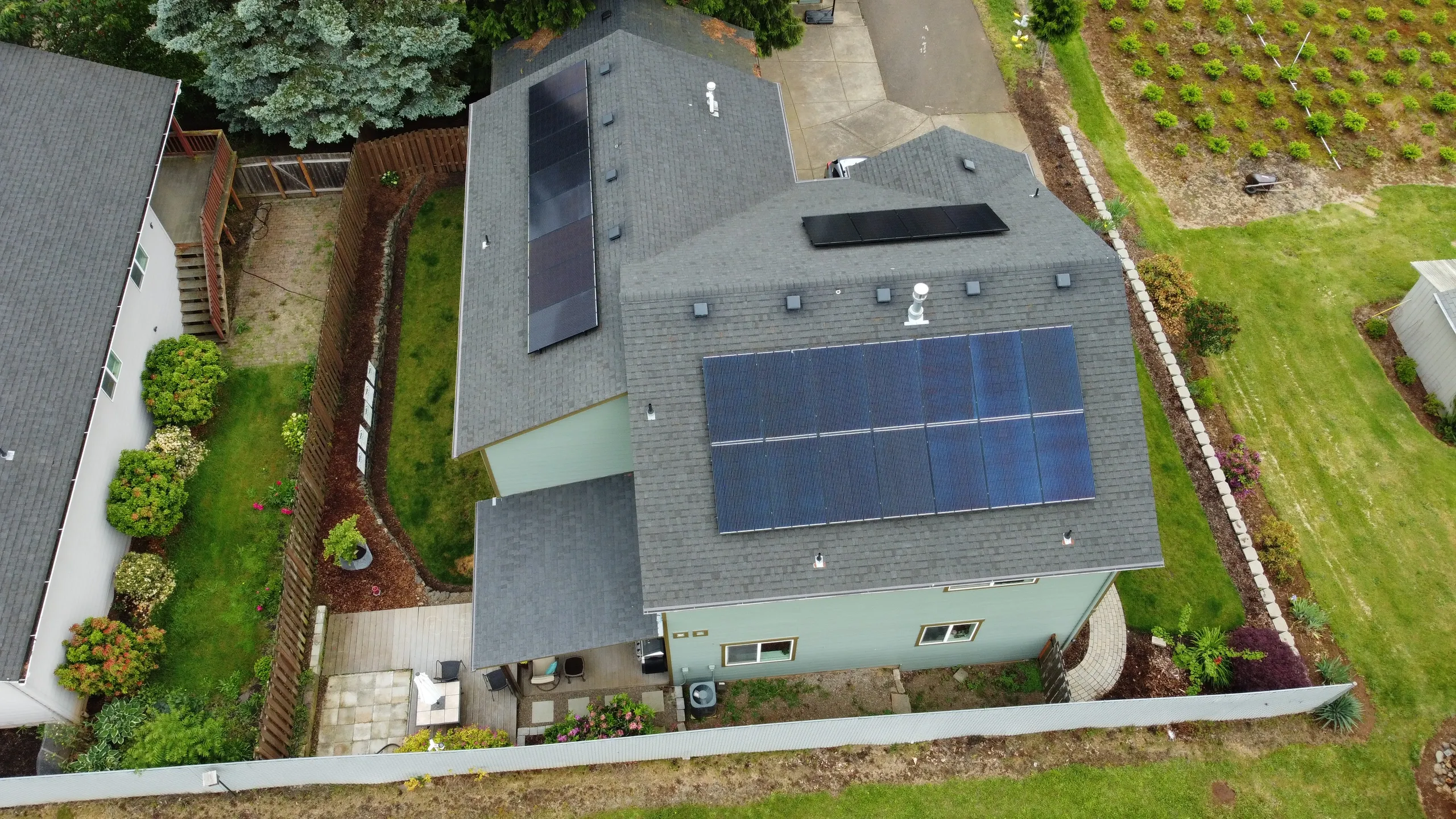
We will walk you through the permitting process for installing residential solar panels.
Secure Your Energy Future
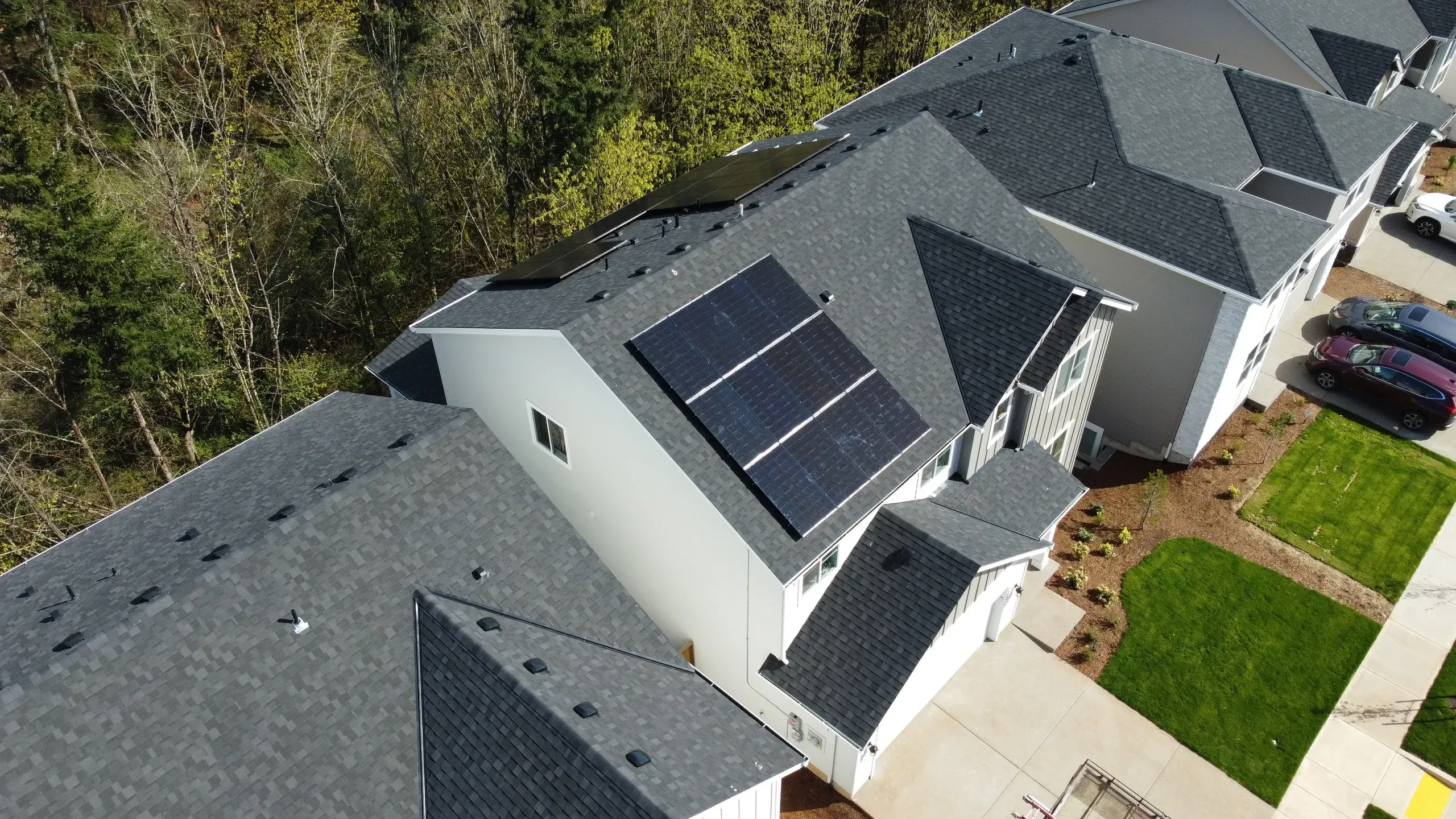
Sunward Power technicians will install your solar panels, ensuring clean energy in your home for decades.

